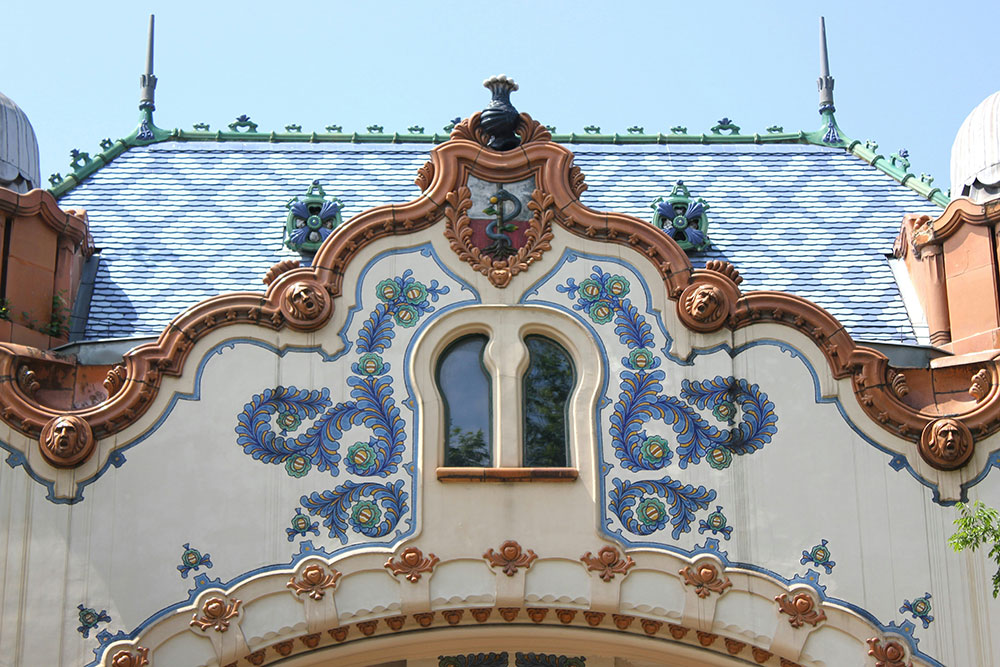Subotica, a city nestled in the northern reaches of Serbia, near the Hungarian border, is a captivating blend of cultures and architectural styles, reflecting its rich and diverse history. From its ancient roots to its modern-day vibrancy, Subotica offers a fascinating journey through time for those who venture to explore its streets and landmarks.
Ancient Origins and Medieval Flourishing:
The story of Subotica begins in the mists of time, with evidence of settlements dating back to the Neolithic era. Throughout the centuries, various cultures and empires left their mark on the city, shaping its identity. The Romans established a presence in the area, followed by the Huns, Avars, and Slavs.
During the Middle Ages, Subotica emerged as an important trading center, attracting merchants and artisans from across the region. The city’s strategic location on the crossroads of trade routes contributed to its growth and prosperity.
Ottoman Rule and Habsburg Influence:
In the 16th century, Subotica fell under Ottoman rule, which lasted for over 150 years. During this period, the city witnessed a blend of Ottoman and Central European influences. Following the liberation from the Ottomans, Subotica became part of the Habsburg Monarchy, ushering in a new era of development and cultural exchange.
The Golden Age of Art Nouveau:
The late 19th and early 20th centuries marked a golden age for Subotica, as the city experienced rapid economic growth and cultural flourishing. This period saw the rise of Art Nouveau architecture, which transformed Subotica’s cityscape into a stunning showcase of ornate facades, intricate details, and vibrant colors. The City Hall, the Synagogue, and numerous other buildings stand as magnificent examples of this artistic movement.
Subotica Today:
Today, Subotica is a vibrant city that celebrates its multicultural heritage. Its streets are alive with a mix of languages, traditions, and architectural styles, creating a unique and inviting atmosphere. The city’s rich cultural scene offers a variety of events and festivals throughout the year, showcasing its diverse artistic expressions.
Exploring Subotica’s Historical Treasures:
A visit to Subotica is a journey through time. Wander through its charming streets, admire the Art Nouveau masterpieces, and discover hidden courtyards and passages. Explore the City Museum, housed in the magnificent Raichle Palace, to delve deeper into the city’s history. Don’t miss the Subotica Synagogue, a stunning example of Hungarian Art Nouveau architecture, and the City Hall, a symbol of civic pride and architectural grandeur.
Conclusion:
Subotica’s history is a tapestry woven with threads of different cultures, empires, and artistic movements. The city’s architectural treasures, vibrant cultural scene, and welcoming atmosphere make it a captivating destination for those seeking an authentic and enriching travel experience. As you explore Subotica’s streets and landmarks, you’ll discover a city that proudly embraces its past while looking towards the future.


0 Comment